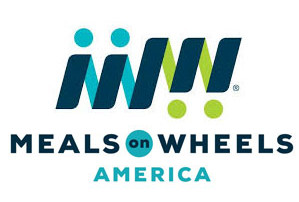Customized Solutions for your HR Headaches
Lone Star PEO is the partner you can count on whether you’re looking for a full-service PEO solution or customized HR Services.


We’re Not Big Business, We’re Your Business!
Lone Star PEO combines industry experts with years of experience, cutting edge technology and an environment focused on customer satisfaction and loyalty to deliver seamless, professional, high-quality, and transparent services.
What is a PEO?
Why Lone Star PEO?
Committed providing personalized service for each client regardless of size or industry. We take pride in our unique high level of service and tailored solutions for our clients. No call centers, staff and owners are available at your time of need. We've been in the industry for over 25 years and have a myriad of experts at our fingertips. We take pride in serving our community and contributing to their needs.
Reduce liability and risk associated with HR including employee issues and compliance. You will have access to a dedicated HR specialist as needed.
With LoneStar PEO
Grow
7
%
Faster!
According to a recent study by noted economists Laurie Bassi and Dan McMurrer, businesses that use PEOs grow 7 to 9 percent faster, have employee turnover that is 10 - 14 percent lower, and are 50 percent less likely to go out of business than companies that do not use PEOs.
With LoneStar PEO
.webp)

Lower Turnover!
By
10
%
to
14
%
The average overall employee turnover rate in the United States is approximately 42 percent per year, based on 2012 data. It is 28 to 32 percent for companies that used PEOs for at least four quarters.
With LoneStar PEO
50
%
Less likely to go out of business.
Businesses that use PEOs are approximately 50 percent less likely to fail (permanently go “out of business”) from one year to the next when compared to similar companies in the population as a whole.
Industry Expertise
Lone Star PEO combines industry experts with years of experience, cutting-edge technology, and an environment focused on customer satisfaction and loyalty to deliver seamless, professional, high-quality transparent services.
Tell me moreWe Proudly Support













